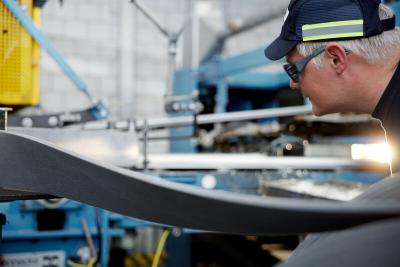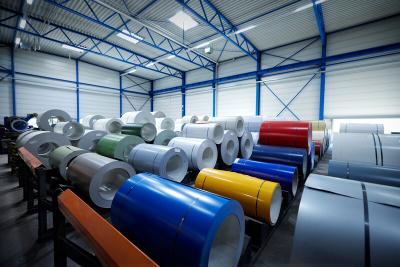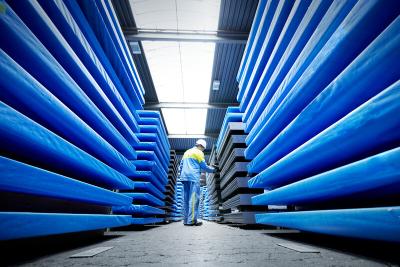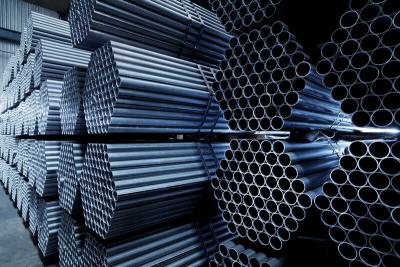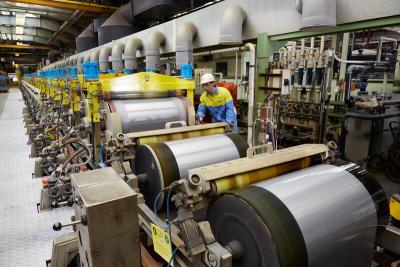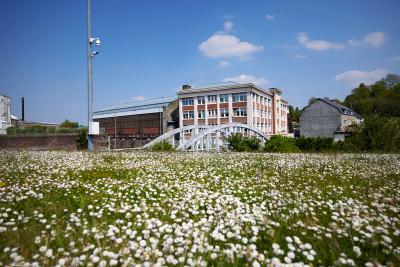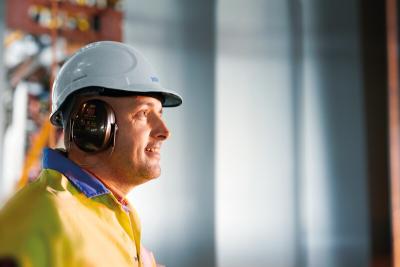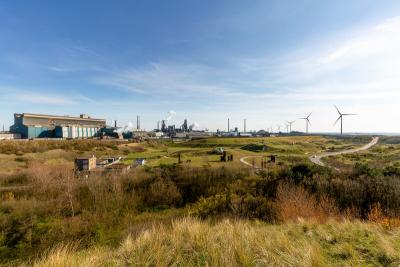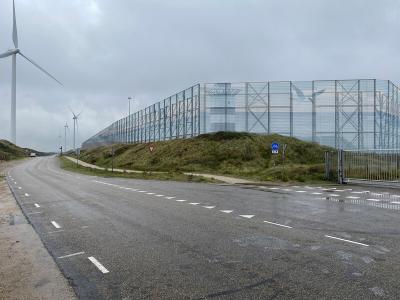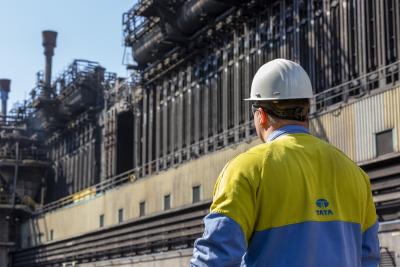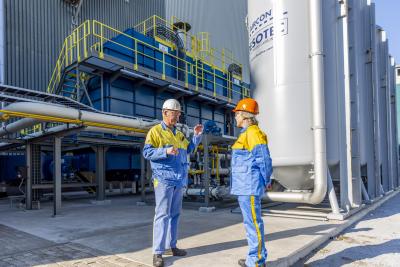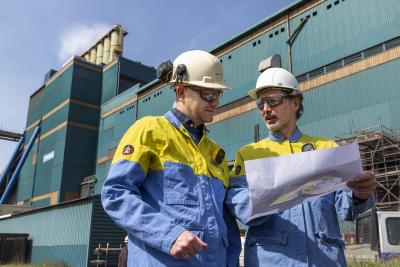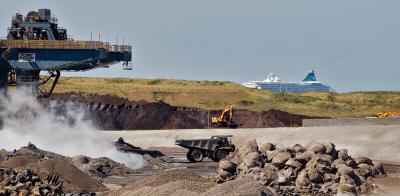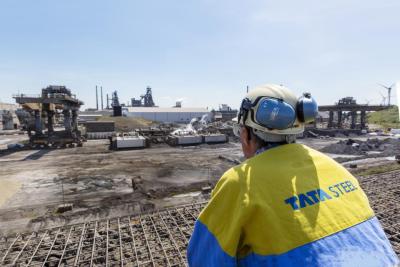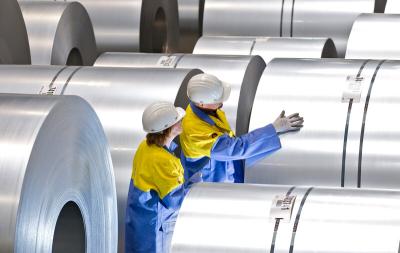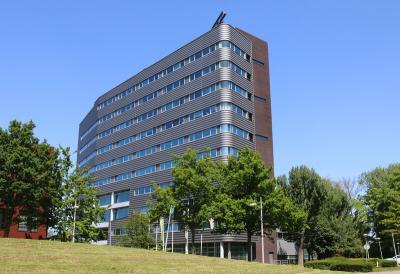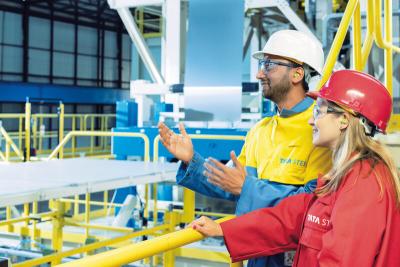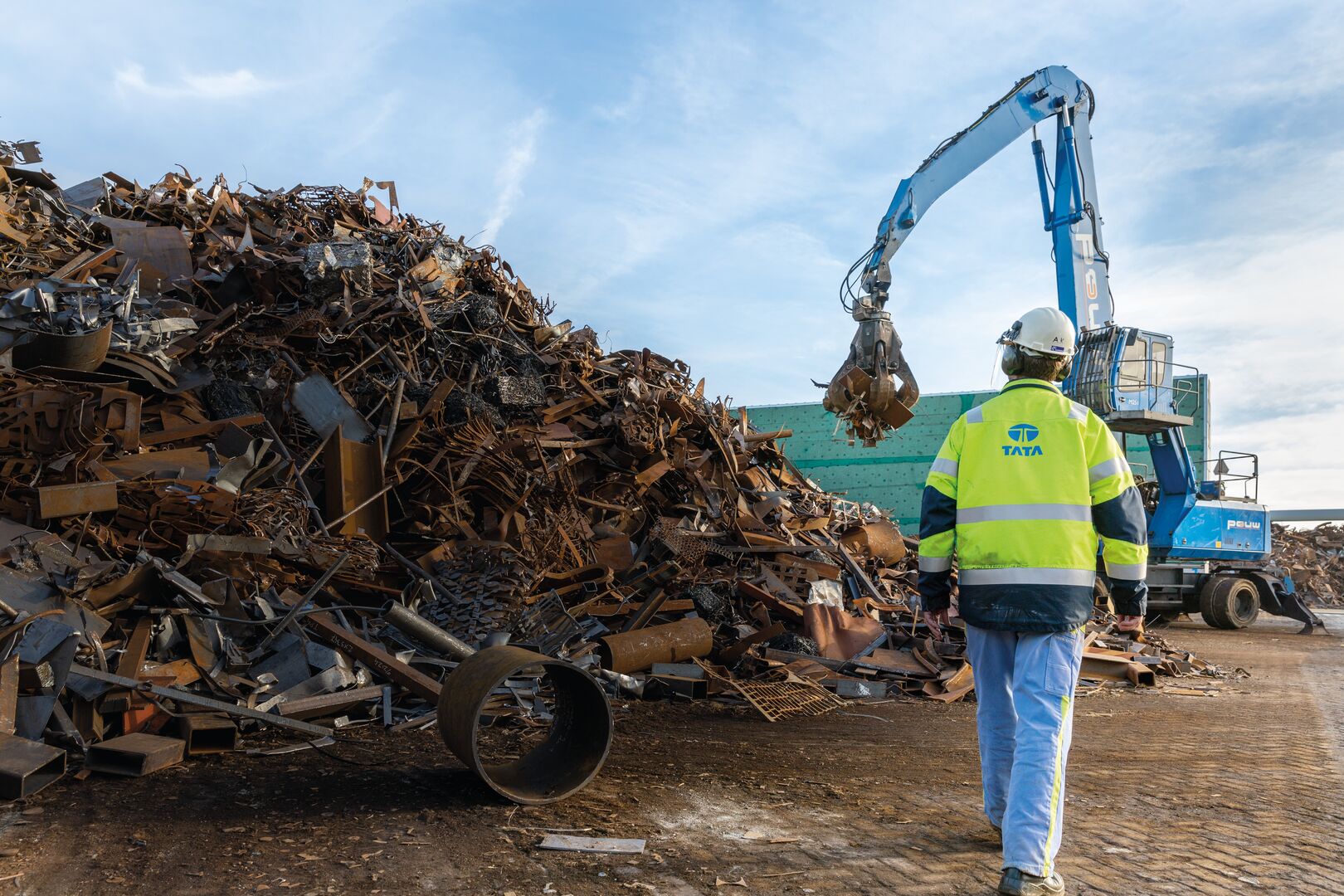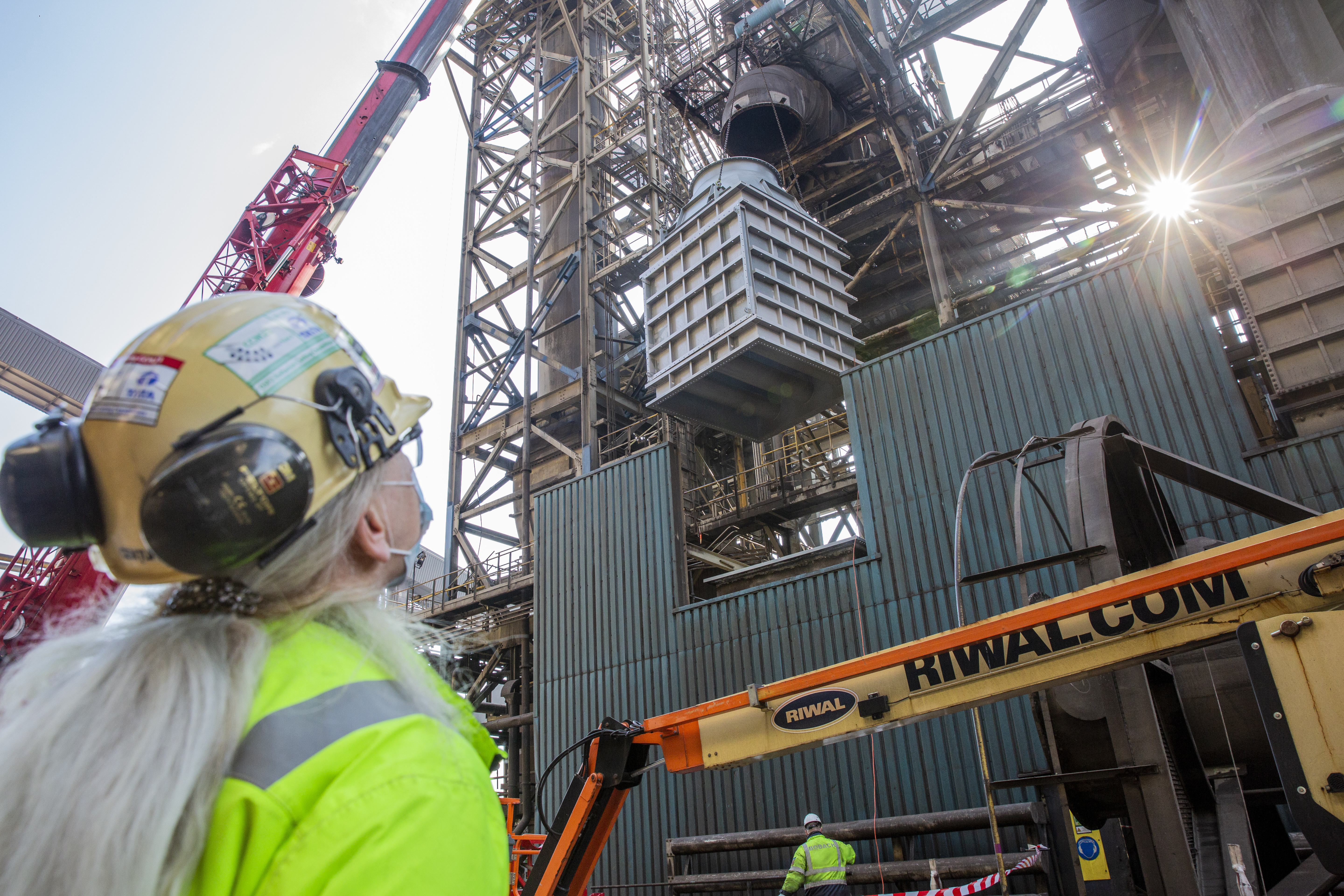We are reducing the noise from our activities as much as possible. In doing so, we have already taken safety margins into account. The main sources we will be tackling are primary extraction at the BOS Plant, the alarms on the conveyor belts, shunting movements of the locomotives, and noise from the scrap yard and slab yard. Measures are in progress at all these locations.
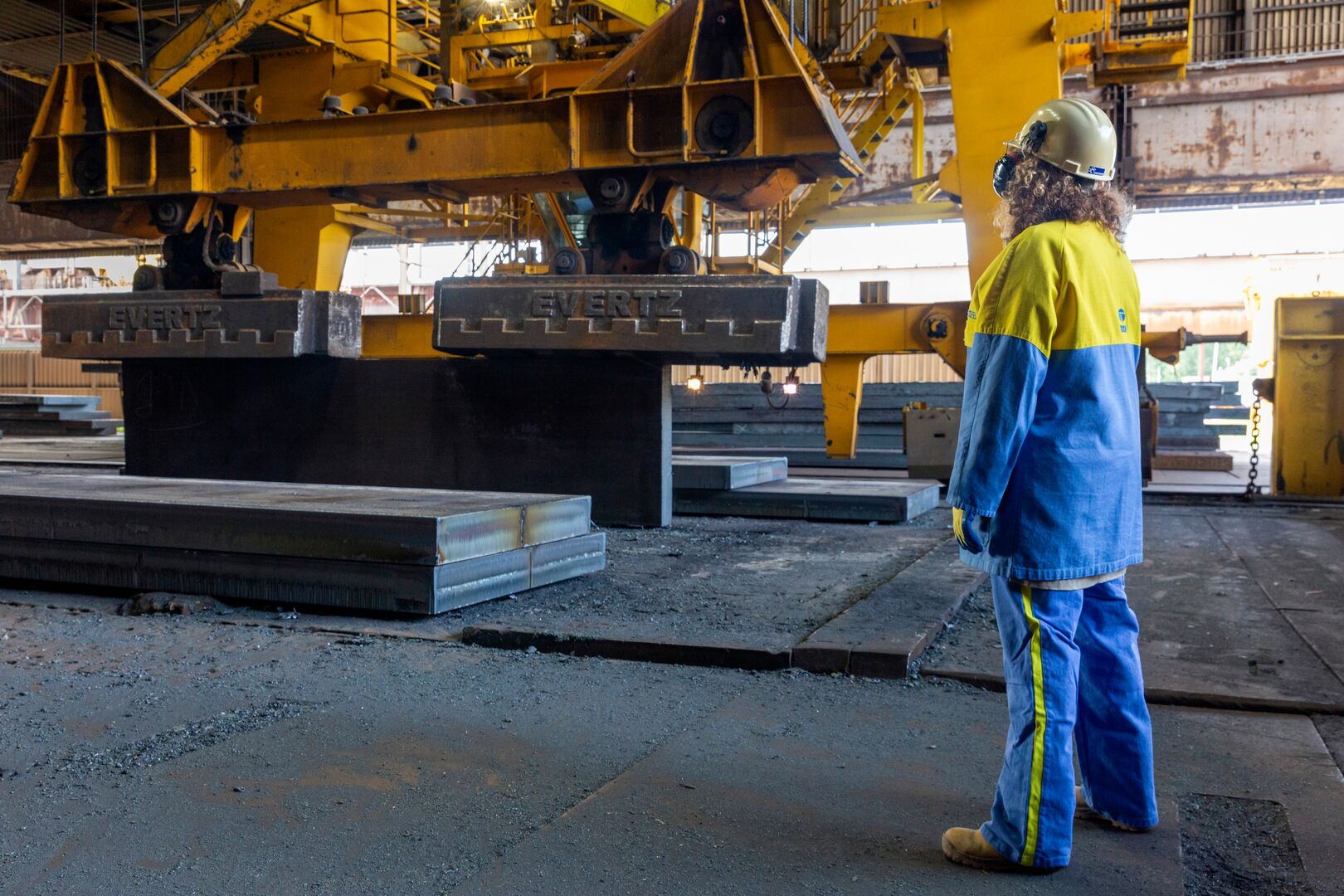
The BOS Plant's primary exhaust system extracts the dust that is released during the steelmaking process. This installation may be audible in the residential environment. We have installed three silencers. These reduce any noise emissions from this process, particularly when there is less ambient noise, e.g. at night. The three new silencers at the BOS Plant do not have the desired effect yet. While noise emissions have decreased, the buzzing sound has not. We continue to look for possibilities to further muffle this sound source.
Local residents from Wijk aan Zee in particular experienced noise nuisance from scrap handling in the new scrap yard. In the autumn of 2019, we raised a sound barrier in the north-western corner of the park. Following an evaluation with local residents, five new scrap compartments were built. These compartments are fitted with adjoining sound barriers. By loading scrap within these compartments, less noise is heard in the area. We have reduced night-time activities as much as possible and installed new noise monitoring systems in a number of critical locations. These help us trace noise back to the source. The new systems can also provide insight into any additional measures that may be needed to further reduce noise emissions. Through monitoring and noise measurements we also keep a close eye on the situation to check whether the improvements are actually sustained.
A few hundred safety alarms are set up on the conveyor belts of raw materials logistics. They warn when a conveyor belt starts running. All these alarms have been converted to produce less ambient noise.
There is over 100 km of railway lines on our site for the transport of raw materials and products. For the safety of our employees, alarm bells at the railway crossings go off in good time when a train approaches. These alarm bells can be heard in the area. New alarm bells have been placed at more than twenty railway crossings at the perimeter of our site. These measure the ambient noise and adjust the volume accordingly. This means, for example, that the maximum noise remains limited, but also that the alarm becomes softer when the train has passed. This new technology has been proven effective and will also be used at other railway crossings.
Another idea to help reduce noise is lubricating the rails. This reduces train noise in bends and also limits wear. We are currently investigating whether we can apply this on a large scale.
In the slab yard we transship slabs of steel. Sometimes this can be heard in the environment. We have stopped carrying out a number of activities at night. We have installed noise monitoring systems on a number of vehicles. These help us trace and monitor noise. The new systems can also provide insight into any additional measures that may be needed to further reduce noise emissions. Through monitoring and noise measurements we also keep a close eye on the situation to check whether the improvements are actually sustained.
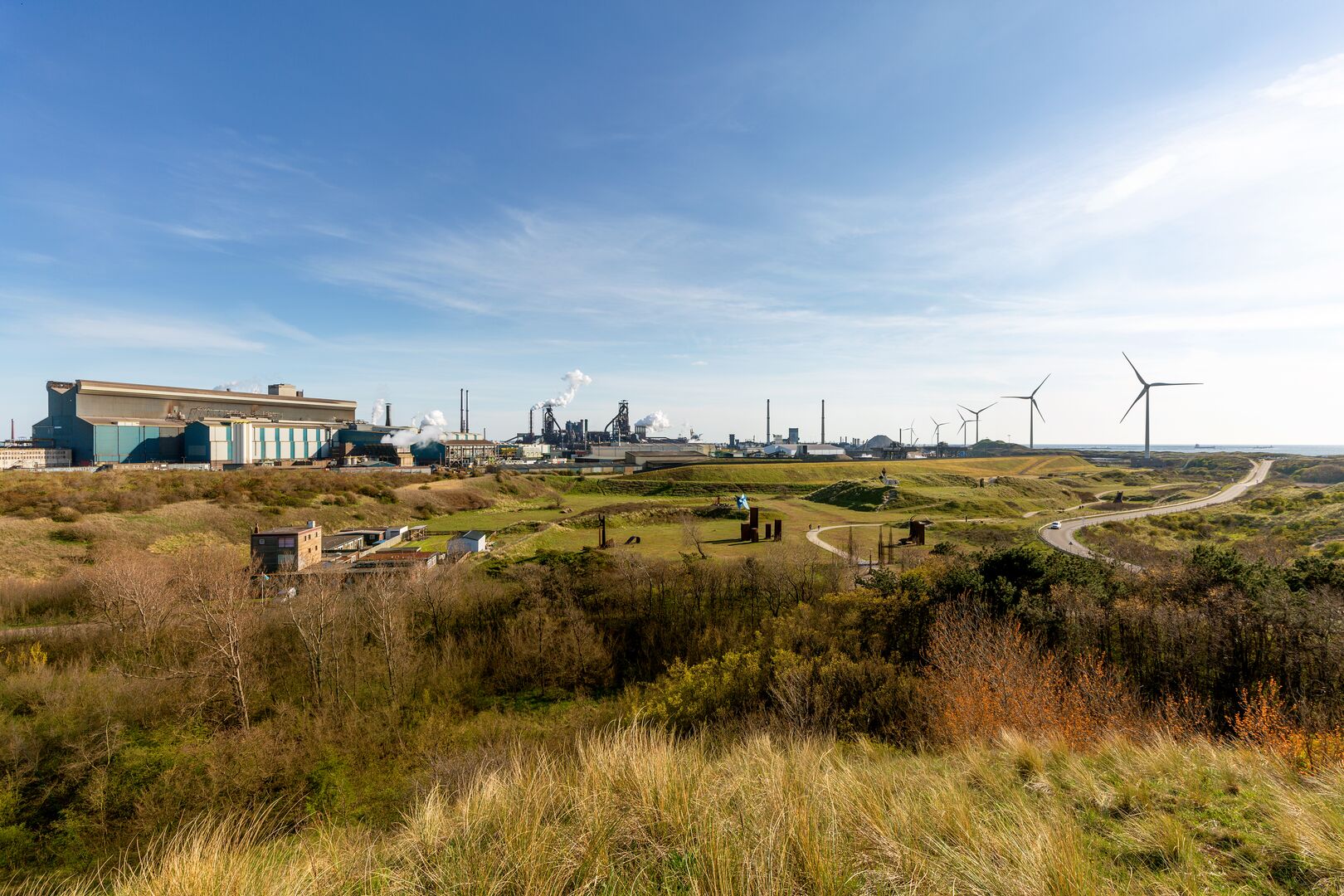
More information about Roadmap Plus
Our overviews contain more information about the Roadmap Plus and the measures we are taking.



